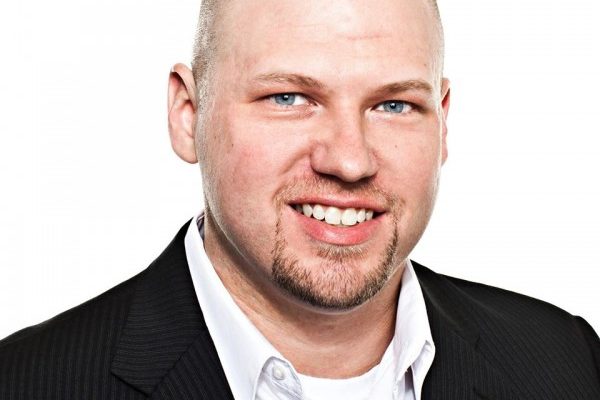
In Congress, what is old is new again
I am constantly told that the ancient fossils in Congress need to be thrown out in favor of younger generations, because they will provide a “breath of fresh air” and offer “new ideas” about this country’s future.
A month ago, Congress was among the oldest in American history. Now that a new Congress has been sworn in, the average age of the legislative body has dropped by 10 years, thanks to a new crop of freshly elected millennials.
And what ideas have those younger generations brought with them? A whole lot of very old ideas about government, its role in our lives, how much money it spends, and how our tax code should be arranged.
Rep. Alexandria Ocasio-Cortez, the left’s new “it girl” and the right’s favorite new target, encapsulated what I am talking about recently, proposing a top income tax rate of 70 percent.
As she is fond of doing, Ocasio-Cortez tried to sell her idea by saying that it isn’t that crazy, after all, we used to actually do it that way! “If you look at our tax rates back in the ’60s,” she began, “once you get to like the tippy tops, on like your ten-millionth dollar. Sometimes you see tax rates as high as 60 or 70 percent.”
New ideas — from 60 years ago?
Fetishizing higher taxes from days of yore isn’t just a dream of hers, though. Bernie Sanders, for instance, said in 2016 that the number should actually be higher. “When radical, socialist Dwight D. Eisenhower was president, I think the highest marginal tax rate was something like 90 percent.”
Paul Krugman, every liberal’s favorite economist, agrees. “Yet in the 1950s incomes in the top bracket faced a marginal tax rate of 91, that’s right, 91 percent, while taxes on corporate profits were twice as large, relative to national income, as in recent years.”
He couldn’t have been more romantic about the notion. All harkening back to a very old idea from a very long time ago.
Sadly, as is common with Ocasio-Cortez, Sanders, Krugman and those that gleefully cheer them on, their belief of what we actually did in the past is not at all what we actually did.
This group of socialists is obsessed with the number that is the top rate. But as anyone with any knowledge of tax policy will tell you, it isn’t the top rate number, it is the actual amount of tax paid by people.
One of the reasons, for instance, that many Democrats supported Ronald Reagan’s tax reform project in the early 1980s was because the giant top rate was meaningless. A series of loopholes and exemptions that had been built into the code over the years meant that the new, much lower rates weren’t all that much different than the old rates, since most of those loopholes were closed.
In 1993, investment analyst William Hauser noted that in the United States, federal tax revenues have been roughly equal to 19.5 percent of national Gross Domestic Product every year since the end of World War II. This was true no matter what the top tax rate was, how many tax brackets there were, or what the exemptions and loopholes looked like.
Who is paying that eerily similar share of tax relative to GDP?
Well, it turns out that the percentage of taxes paid by the highest quintile of income earners has actually gone up, steadily, over the last several decades. Forty years ago, the top fifth of all wage earners paid about 55 percent of all taxes collected. Now? Nearly 70 percent. The top 1 percent share has actually doubled.
So, young or old, these are old ideas, and all the romanticization of the past used to justify the loony confiscatory tax policies of the socialist left can’t hide the reality of what the past actually looked like.
Matthew Gagnon of Yarmouth is the chief executive officer of the Maine Heritage Policy Center, a free market policy think tank based in Portland. A Hampden native, he previously served as a senior strategist for the Republican Governors Association in Washington, D.C.